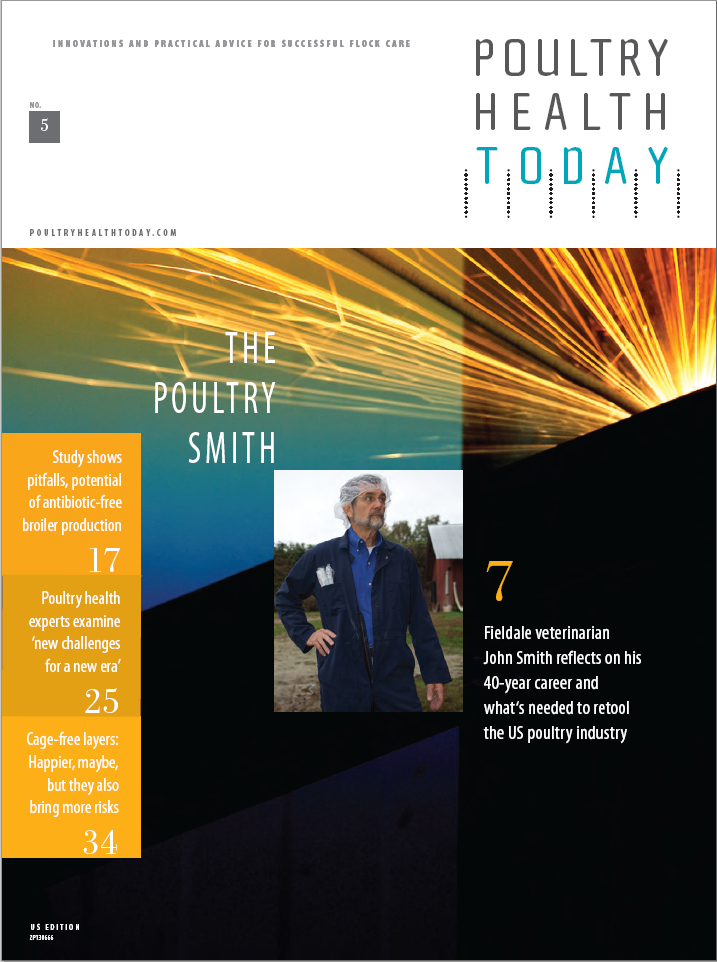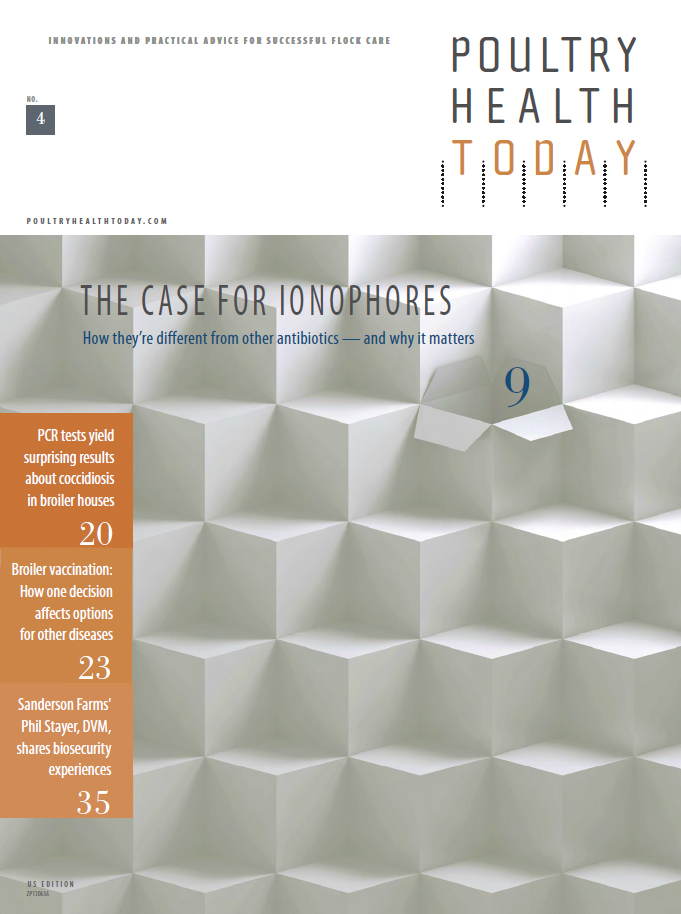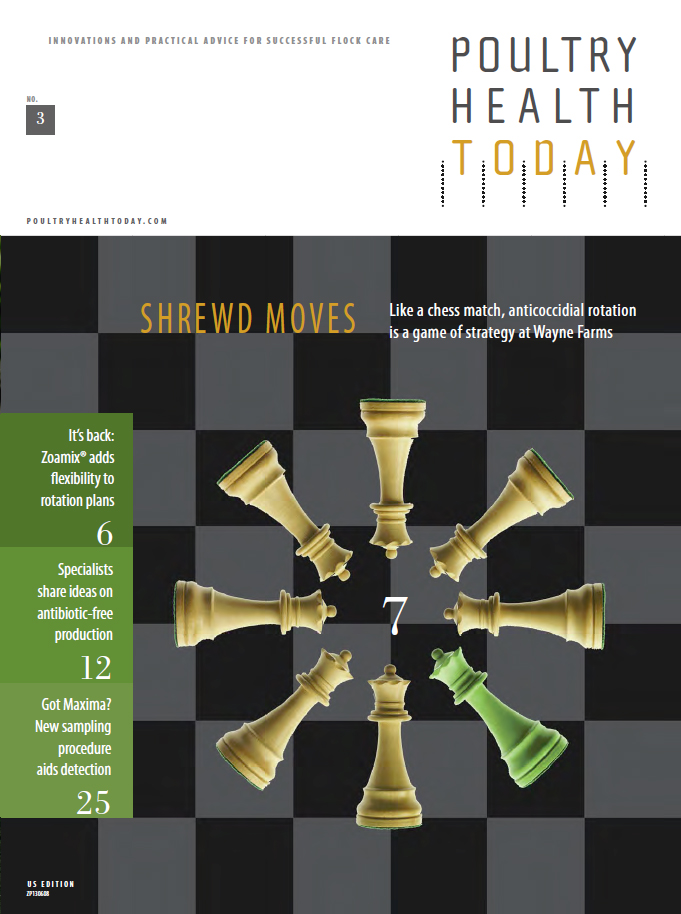

Low-cost LEDs don’t hurt production

Light-emitting diodes (LEDs) may be a good choice of energy-efficient lighting for broilers and their producers, according to recent research.
In a study with more than 670 male Ross broilers, investigators from the University of Delaware evaluated the effects of cold cathode fluorescent lamps (CCFLs) and two types of LED lamps. Birds raised under incandescent lamps served as controls
By 42 days of age, birds raised under CCFLs had lower bodyweights than controls. They also had higher heterophil-to-lymphocyte (H:L) ratios — an indication of stress. In contrast, using LEDs did not yield any significant differences in the H:L ratio compared to controls.1
“This study indicates that variation in broiler bodyweight and stress may be attributed in part to lighting technologies implemented in broiler houses,” researchers reported in the March 2015 issue of Poultry Science.
In a separate article in the same issue, the researchers said that birds raised under both LED technologies grew to bodyweights similar to birds raised on incandescent lamps, but there were no significant differences between the groups in feed conversion or mortality.2
Similar results were presented at the 2015 International Poultry Scientific Forum, where researchers said LED lighting has no adverse effect on broilers and that it can yield substantial savings for producers.3 In their study, the researchers compared electric use in a poultry house with 60-watt incandescent light bulbs to a poultry house with 8-watt, A19-style LED lamps. Chicks in each house had been paired at the hatchery to ensure their parent stock was the same.
Based on results with five flocks, there were no significant differences found in weight, feed conversion or livability between the two houses. Electric savings with the LED lamps were calculated to be US $1,700 per house per year, said researchers from the University of Maryland Extension and the University of Delaware.
Electricity is one of the largest expenses for poultry producers and its cost is increasing. Lighting on broiler farms can represent over 30% of the total cost of electricity when incandescent light bulbs are used, they said. The cost of LED lamps used in the study was $16, and the researchers determined that the payback on lamp cost was 11 months.
“This study demonstrated that LED lamps can be used to lower the electrical usage of poultry farms without affecting production,” they said.
1 Rogers A, et al. ii. Evaluation of the impact of alternative light technology on male broilers chicken stress. Poult Sci. 2015 March;94(3):331-337.
2 Rogers A, et al. i. Evaluation of the impact of alternative light technology on male broiler chicken growth, feed conversion, and allometric characteristics. Poult Sci. 2015 March;94(3):408-414.
3 Moyle J, et al. On-farm performance and electrical savings of LED lighting. 2015 international Poultry Scientific Forum.
More Issues












